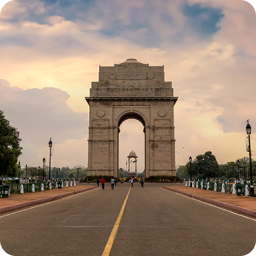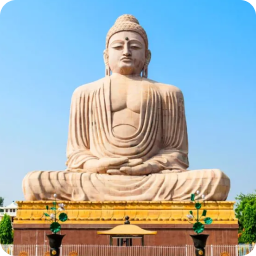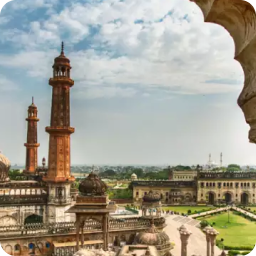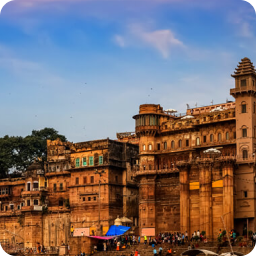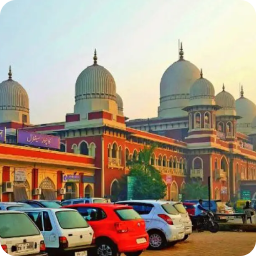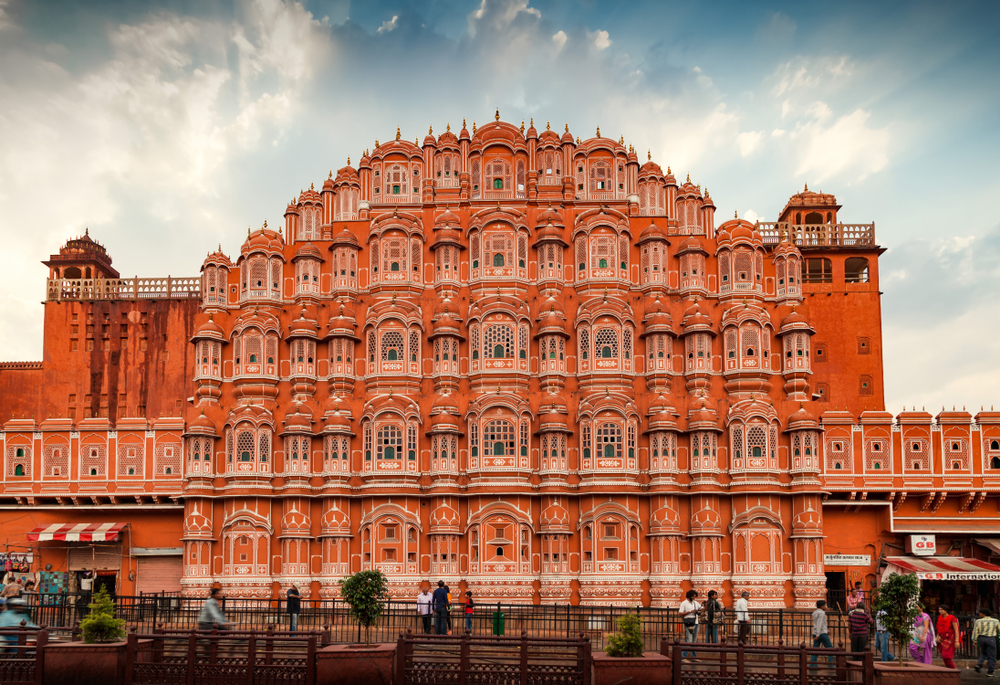|
BAHMANI KINGDOM (C.1347- 1525 CE): RISE, CONFLICT, AND POLITICAL HISTORY |
THE BAHMANI KINGDOM (1347-1527 A.D.)
- Bahmani Kingdom was a Muslim state of the Deccan in Southern India during the medieval era in Indian History.
- The nobles of Bahmani kingdom were categorized in two categories: Afaquis and Deccanis. Deccanis were nobles of native origin while Afaquis had foreign origin.
- It was founded by Alauddin Hasan Bahman Shah (in 1347), also known as Hasan Gangu, revolting against the Delhi Sultanate of Muhammad bin Tughlaq.
- Gulbarga and in later time Bidar were capital of it.
- The Bahamani kingdom acted as a cultural link between the South & the North.
- The Kingdom stretched from north to south from the Wainganga river to Krishna and east to west from Bhongir to Daulatabad.
- There were a total of 14 Bahaman Sultans.
- The Bahmani Empire was always at war with Vijayanagara Empire for control over Deccan. Firoz Shah invaded Vijayanagar and defeated Krishna Deva Raya I.
- Ahmad Shah Wali later shifted Capital from Gulbarga to Bidar.
- Muhammad Shah III became the sultan at the age of 9 after the death of his brother Nizam Shah and Mahmud Gawan served as Prime Minister.
- Bahmani Empire reached its zenith during the time of Mahmud Gawan who was a minister of the Empire.
- Kalimullah was the last king of the Bahmani dynasty.
BAHMANI KINGDOM POLITICAL HISTORY
| Mahmud Gawan: |
|
After Gawan’s Execution, Bahmani kingdom disintegrated into Five Kingdoms:
|
| Nizam Shahis of Ahmednagar (1490-1633 AD): |
|
| Adil Shahis of Bijapur (1490-1686 AD) |
|
| Qutub Shahis of Golconda (1518- 1687 AD): |
|
| Imad Shahis of Berar
(1490-1574 AD) |
|
| Barid Shahis of Bidar
(1528-1619 AD): |
|
ART & ARCHITECTURE OF BAHMANI KINGDOM:
- The architecture was highly influenced by Persian architecture. They invited architects from Persia, Turkey and Arabia.
- The Gulbarga fort & Jama Masjid in Gulbarga, Bidar Fort and Madrasa by Mahmud Gawan in Bidar, are the major architectural contributions.
- Gol Ghumaz was built by Muhammad Adil Shah; it is famous for so called “Whispering Gallery”
- Ibrahum Adil Shah introduced ‘Dakhini’ in place of Persian as a court language.
Also Read: The Beauty of Sufi and Bhakti Movement: Importance and Difference






